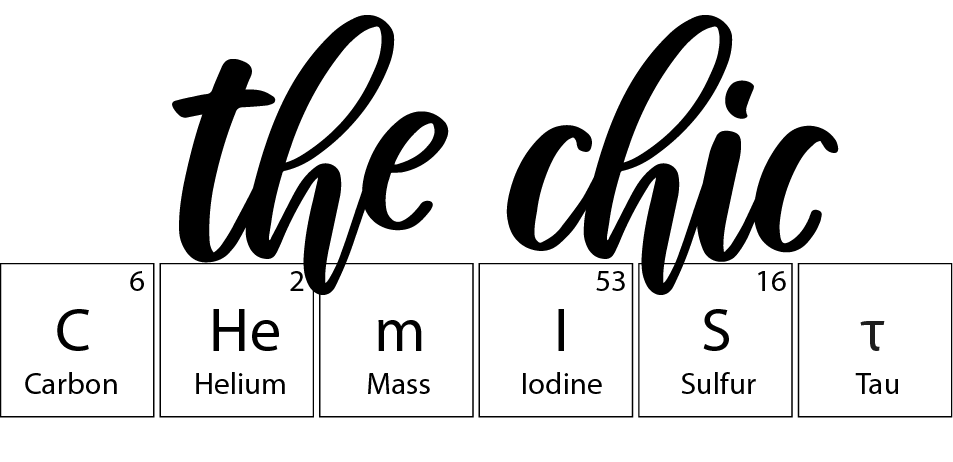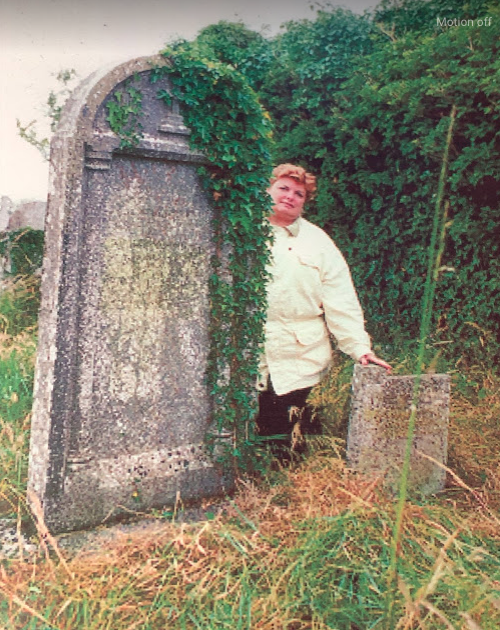What better way to celebrate than an Irish themed #ScienceSunday!!
Irish soda bread is a staple in the Irish/Gaelic culture! My nana lived in Ireland for 10+ years getting her PhD and gathering information on her family. She is a true historian and genealogist. Proud to call her my nana banana. While she lived there, we visited in the summertimes and we had the pleasure of eating soda bread with her.
Now what’s interesting about soda bread that makes it different from regular bread is the leavening agent. In traditional bread, sugar and yeast is used to produce carbon dioxide and ethanol to make the dough rise. With soda bread, a chemical leavening interaction is used to rise the dough.
Most Irish soda breads are made of flour, sugar, salt, baking soda, butter, raisins, eggs and buttermilk. The acid-base reaction that happens occurs between the baking soda and the buttermilk. The base is the baking soda (or sodium bicarbonate) and the acid comes from the lactic acid in the buttermilk. The acid and base form bubbles of carbon dioxide that give the bread its height. When you add all the ingredients together, the reaction begins immediately which means it needs to bake pretty soon after everything is combined.
Once baked, the bread is fluffy and airy! Toast it up and add some Kerrygold butter and you are set to go!!
Have a great Sunday!! Spend time with your family if you can!!
Xox,
Z




